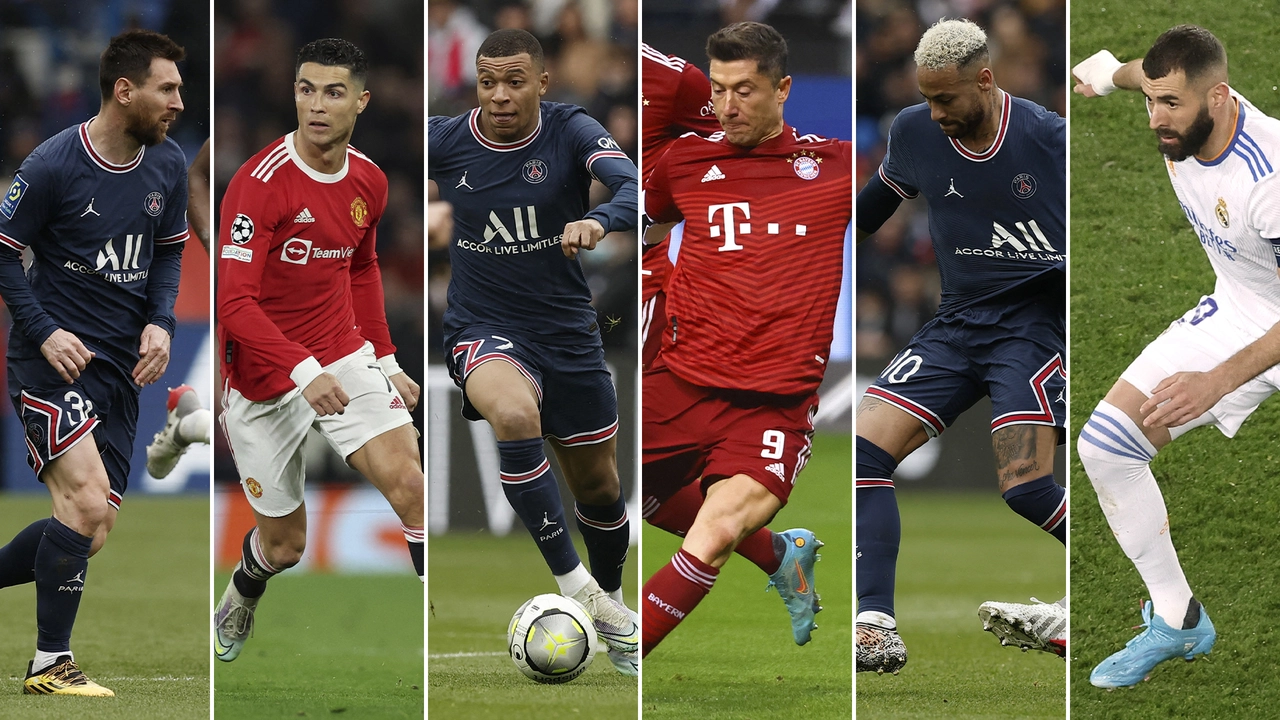Player Positions: Understanding Roles on the Pitch
When working with player positions, the specific roles assigned to each footballer on the field. Also known as soccer positions, they define where a player operates and what tasks they perform.
Choosing the Right Position for You
The core of any game lies in how player positions interact. A defender, a player who protects the goal and stops attacks focuses on blocking shots, winning aerial duels, and keeping the line organized. A midfielder, the link between defence and attack who controls the tempo must balance stamina, vision, and passing accuracy. Meanwhile, a forward, the main goal‑scorer who exploits space and creates chances relies on speed, finishing skills, and positional awareness. Each role demands a different blend of physical traits, mental sharpness, and personal preference. Choosing a spot isn’t random. You assess speed, strength, decision‑making, and how you read the game. If you thrive on tackling and positioning, defence may suit you. If you love dictating play and covering ground, midfield is a natural fit. If scoring and dribbling excites you, aim for the forward line. This assessment mirrors the advice in our “How to choose a soccer position?” post, where the author breaks down the decision‑making process into clear steps. Player positions also shape team tactics. A 4‑3‑3 formation, for example, groups three forwards behind a trio of midfielders, while a 3‑5‑2 relies heavily on wing‑backs who serve both defensive and offensive duties. Understanding these formations helps you see why a coach may shift a player from midfield to wing‑back or ask a defender to step into a defensive midfield role. The link between positions and formations is a core theme across many of our articles, from discussions about tactical trends to real‑world examples of role swaps. Beyond the three primary spots, the goalkeeper plays a unique role, acting as the last line of defense and often initiating attacks with precise distribution. While not covered in depth here, the goalkeeper’s responsibilities intersect with defenders’ duties, especially during set‑pieces and high‑press situations. All these factors—attributes, tactics, formation, and personal style—create a web of connections that determine where you can shine on the pitch. Below you’ll find a curated list of posts that dive deeper into each position, offer practical tips for improvement, and explore the strategic impact of role choices. Whether you’re a youngster picking your first spot or a seasoned player fine‑tuning your game, the collection gives you the insights you need to make informed decisions.
Which position in soccer/football gets paid the most?
Posted by Zander Callaghan with 0 comment(s)
Well, my footie-lovin' friends, if you're dreaming of scoring big in the world of soccer, you might want to start practicing your goalkeeping. Intriguingly enough, goalkeepers, often seen as the last line of defense, are the ones raking in the big bucks. That's right, you heard it here first! Sure, strikers might get all the glory, but it's the guy between the posts that's laughing all the way to the bank. So dust off those gloves, start practicing those dives, and who knows, you might just become the next football millionaire!
view more